Depression is a common clinical condition in which a person experiences low moods and loses interest in daily or leisurely activities.
What Is Depression?
Depression is a mental health disorder [mfn] National institute of Mental Health. (2023, September). Depression. National Institute of Mental Health. Available from: https://www.nimh.nih.gov/health/topics/depression [/mfn] that manifests as enduring sadness and reduced interest in once-enjoyable activities, often accompanied by symptoms that disrupt daily life. Its severity varies across a spectrum, encompassing mild episodes to severe, persistent forms that profoundly affect one’s quality of life and, if left unaddressed, may lead to thoughts of suicide.
In its simplest form, depression is an overwhelming sense of hopelessness that permeates a person’s thoughts, emotions, and daily routines, eroding motivation and joy. Major depression, or major depressive disorder is the most common type of depression, occurring in approximately 280 million people around the world [mfn] World Health Organization. (2023, March 31). Depressive Disorder (Depression). World Health Organisation. Available from: https://www.who.int/news-room/fact-sheets/detail/depression [/mfn] .
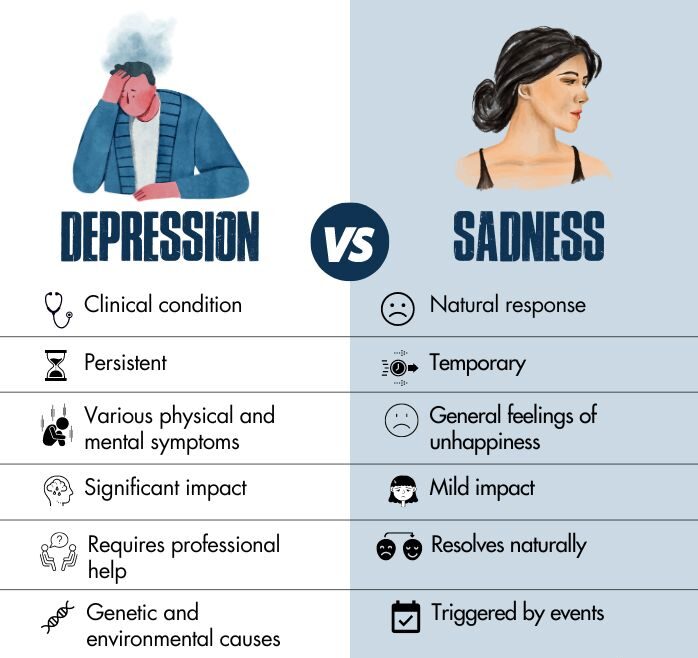
Depression In Cinema
Several films are known for their sensitive depictions of depression. It’s Kind Of A Funny Story (2010) and The Perks of Being a Wallflower (2012) depict clinical depression in teenagers. Critically acclaimed films like Prozac Nation (2001), Black Swan (2010), and Melancholia (2011) poignantly explore the complexities of depression in women.
500 Days Of Summer (2009), Anomalisa (2015), and Her (2013) explore the lesser-explored theme of depression in men. Moreover, Eternal Sunshine of the Spotless Mind (2004) and Silver Linings Playbook (2012) show how untreated clinical depression harms our romantic and social relationships in the long run.
Prevalence Of Depression
Depression is a debilitating mental health disorder that affects an estimated 350 million [mfn] Lim, G. Y., Tam, W. W., Lu, Y., Ho, C. S., Zhang, M. W., & Ho, R. C. (2018). Prevalence of Depression in the Community from 30 Countries between 1994 and 2014. Scientific reports, 8(1), 2861. https://doi.org/10.1038/s41598-018-21243-x [/mfn] people of all ages worldwide. Studies [mfn] Razzak, H. A., Harbi, A., & Ahli, S. (2019). Depression: Prevalence and Associated Risk Factors in the United Arab Emirates. Oman medical journal, 34(4), 274–282. https://doi.org/10.5001/omj.2019.56 [/mfn] reveal that the average lifetime and 12-month prevalence estimates of clinical depression are 14.6% and 5.5% in high-income countries and 11.1% and 5.9% in low- to middle-income countries. It is also found that women tend to suffer more from the symptoms of depression, compared to men.
Symptoms Of Depression
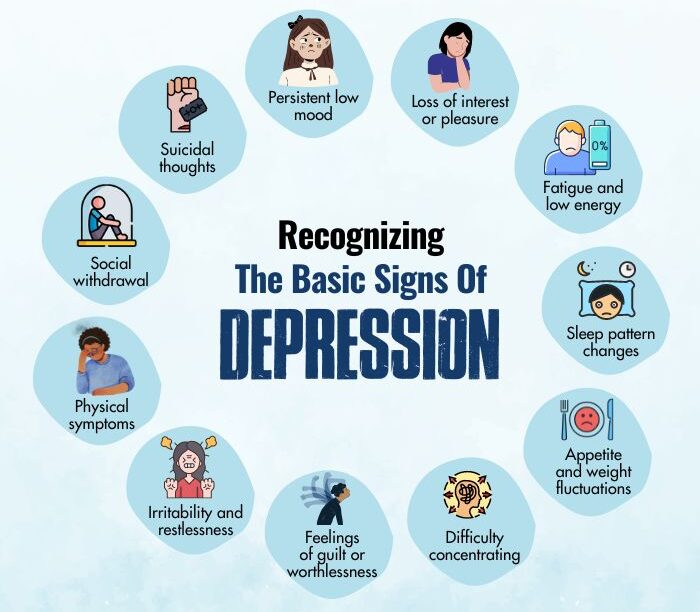
The symptoms of depression can be categorized [mfn] Brigitta B. (2002). Pathophysiology of depression and mechanisms of treatment. Dialogues in clinical neuroscience, 4(1), 7–20. https://doi.org/10.31887/DCNS.2002.4.1/bbondy [/mfn] into two groups:
1. Psychological Symptoms
The psychological symptoms of depression include [mfn] Substance Abuse and Mental Health Services Administration. (2016). Table 9, DSM-IV to DSM-5 Major Depressive Episode/Disorder Comparison. Nih.gov; Substance Abuse and Mental Health Services Administration (US). Available from: https://www.ncbi.nlm.nih.gov/books/NBK519712/table/ch3.t5/ [/mfn] :
- Sad mood throughout the day
- Loss of interest in almost all activities
- Inability to make decisions
- Lack of concentration
- Pessimism
- Feelings of guilt, shame, and/or worthlessness
- Recurrent thoughts about (and sometimes attempts at) ending life
Read More About Pessimism Here
2. Somatic Symptoms
The somatic symptoms of depression include [mfn] D’Souza, R. S., & Hooten, W. M. (2019, October 30). Somatic Syndrome Disorders. Nih.gov; StatPearls Publishing. Available from: https://www.ncbi.nlm.nih.gov/books/NBK532253/ [/mfn] :
- Fatigue or tiredness
- Changes in appetite
- Unintentional weight loss/ gain
- Extreme agitation or slowing of movements
- Sleep disturbance
- Body ache and pain
Types Of Depression
Research attributes the different types [mfn] Benazzi F. (2006). Various forms of depression. Dialogues in clinical neuroscience, 8(2), 151–161. https://doi.org/10.31887/DCNS.2006.8.2/fbenazzi [/mfn] of depression to the following:
Major depressive disorder (MDD) is characterized by persistent and severe low mood, often accompanied by symptoms like fatigue, changes in appetite, sleep disturbances, and feelings of hopelessness.
Read More About Major Depressive Disorder (MDD) Here
Persistent depressive disorder (Dysthymia) is a chronic form of depression lasting for at least two years, featuring symptoms that are less severe than MDD but longer-lasting.
Bipolar disorder involves periods of extreme low mood (depression) and periods of high mood (mania or hypomania), with Bipolar I including severe mania and Bipolar II involving hypomania and depression.
Read More About Bipolar Disorder Here
Seasonal affective disorder (SAD) occurs seasonally, typically in winter, and brings symptoms such as fatigue, weight gain, and increased sleep.
Postpartum depression affects some new mothers after childbirth and can include symptoms like sadness, anxiety, and difficulty bonding with the baby.
Read More About Postpartum Depression Here
Psychotic depression combines severe depression with psychosis, such as hallucinations or delusions.
Read More About Psychotic Depression Here
Atypical or mild depression features symptoms like increased appetite, oversleeping, and mood reactivity (mood improves in response to positive events).
Premenstrual dysphoric disorder (PMDD) is a severe form of premenstrual syndrome (PMS) characterized by mood disturbances, irritability, and physical symptoms.
Situational depression occurs in response to a specific stressor or life event, and symptoms usually resolve when the stressor is removed or managed.
Cyclothymic disorder is a chronic mood disorder with periods of hypomania and mild depression.
Causes Of Depression
Research [mfn] Council, R., Mary Jane England, & Sim, L. J. (2019). The Etiology of Depression. Nih.gov; National Academies Press (US). Available from: https://www.ncbi.nlm.nih.gov/books/NBK215119/ [/mfn] attributes the main causes of depression to the following:
- Genetics
- Hormonal dysfunction
- Negative experiences in childhood
- Certain lifestyle choices, etc.
Read More About Genetics Here
Diagnosing Of depression
According to the Diagnostic and Statistical Manual of Mental Disorders (DSM-5), five or more of the main symptoms of depression need to be present for at least a period of two weeks for a person to be diagnosed with a depressive episode. Moreover, the symptoms should not be a result of substance abuse or any other medical illness.
For an accurate diagnosis of severe or minor depression, a mental health professional usually takes a detailed interview of the patient, and conducts certain psychometric tests.
Some examples include:
- The Beck Depression Inventory (BDI) [mfn] Beck, A. T., Steer, R. A., & Brown, G. (1996). Beck Depression Inventory–II. PsycTESTS Dataset. https://doi.org/10.1037/t00742-000 [/mfn]
- The Patient Health Questionnaire (PHQ) [mfn] Kroenke, K., Spitzer, R. L., & Williams, J. B. (2001). The PHQ-9: validity of a brief depression severity measure. Journal of general internal medicine, 16(9), 606–613. https://doi.org/10.1046/j.1525-1497.2001.016009606.x [/mfn]
- Hamilton Depression Rating Scale (HAM-D) [mfn] Rohan, K. J., Rough, J. N., Evans, M., Ho, S. Y., Meyerhoff, J., Roberts, L. M., & Vacek, P. M. (2016). A protocol for the Hamilton Rating Scale for Depression: Item scoring rules, Rater training, and outcome accuracy with data on its application in a clinical trial. Journal of affective disorders, 200, 111–118. https://doi.org/10.1016/j.jad.2016.01.051 [/mfn]
- Children’s Depression Inventory (CDI), etc.
Certain medical tests (such as thyroid tests and blood haemoglobin tests) may also be recommended in the diagnosing of depression to rule out other causes of depression.
Treatment For Depression
Depression, if untreated, can negatively impact your quality of life, everyday functioning, and interpersonal relationships. Hence, timely and accurate diagnosis [mfn] Gautam, S., Jain, A., Gautam, M., Vahia, V. N., & Grover, S. (2017). Clinical Practice Guidelines for the management of Depression. Indian journal of psychiatry, 59(Suppl 1), S34–S50. https://doi.org/10.4103/0019-5545.196973 [/mfn] and treatment for depression by a professional are quite important. Despite the stigma and misconception surrounding it, depression is a treatable condition that can be easily managed in the long-term with the help of therapy, medication and healthy coping strategies.
Takeaway
Depression is a common but crippling mental disorder. If unchecked, it can seriously hamper our quality of life. Despite its longevity and low prognosis rate, it can be easily managed with therapy and medication. However, the first step towards treating depression is acknowledging its symptoms and the need for medical help.
At A Glance
- Depression is a mental health disorder in which a person experiences low moods and an aversion to activity.
- Severe or minor depression affects approximately 350 million people worldwide.
- If untreated, the symptoms of depression can result in poor personal and professional lives as well as suicide in extreme cases.
- It can range from mild, temporary episodes of sadness to severe, persistent depression.
- The causes of depression include several factors, namely, genetics, stress, trauma, interpersonal conflict, etc.
- Treatment for depression entails therapy, medication, and self-help strategies.
Frequently Asked Questions (FAQs)
1. What Is The Difference Between Depression And Major Depressive Disorder?
A regular depressive episode can last for about two to three weeks. Major depressive disorder is a type of depression that consists of multiple depressive episodes and lasts for at least 2 months.
2. Is Depression More Common In Women?
Yes. More women than men are diagnosed with depression.
3. Does Depression Cause Sleepiness?
Yes. People suffering from depression are prone to disrupted sleeping patterns. This can involve hypersomnia, or excessive sleepiness.
4. Can Depression Cause A Heart Attack?
For people with heart disease, depression increases the risk of an adverse cardiac event such as a heart attack or blood clots.
5. What Is The Difference Between Clinical Depression And Subclinical Depression?
Clinical depression is diagnosed if 5 or more major symptoms of depression are present in a person, as laid down by the DSM 5. On the other hand, subthreshold or subclinical depression involves symptoms that do not meet the full criteria for a depression diagnosis.



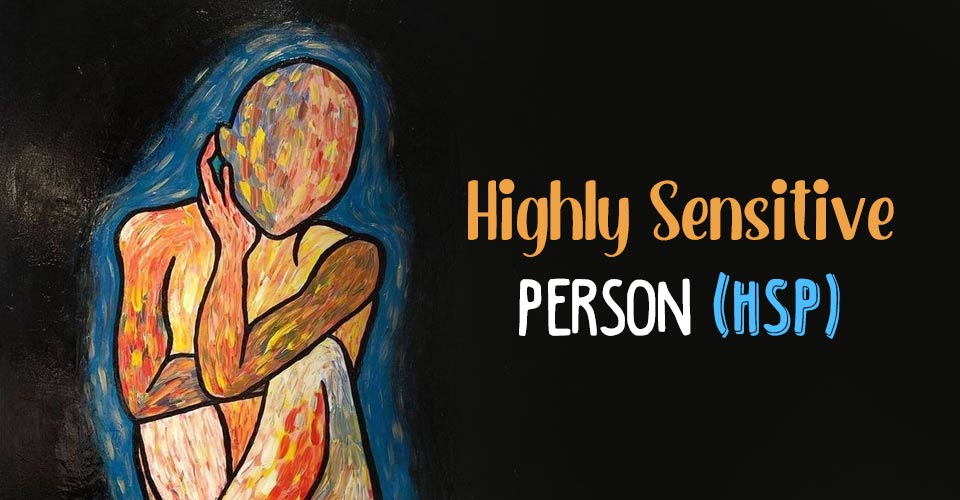
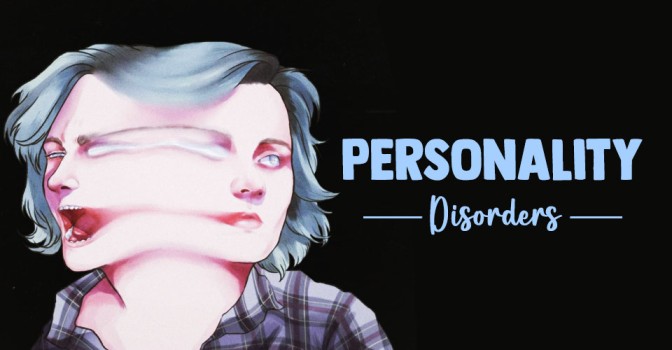
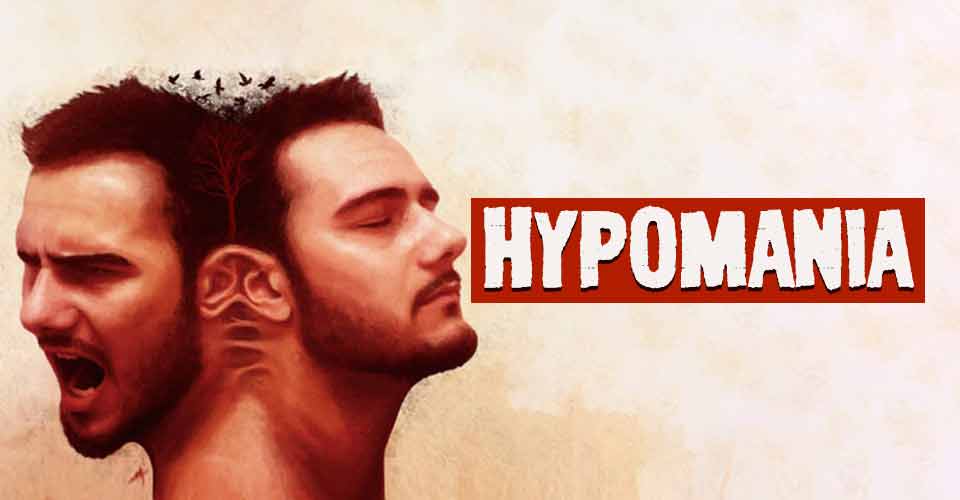
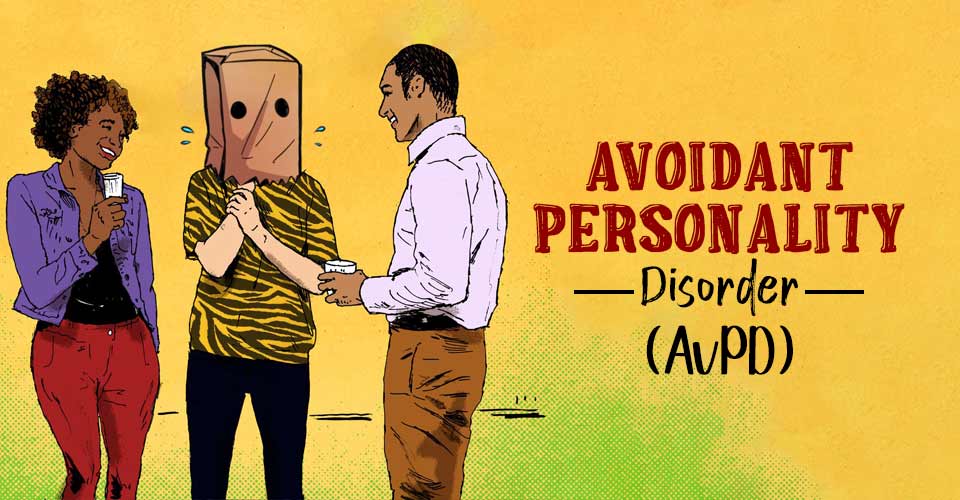

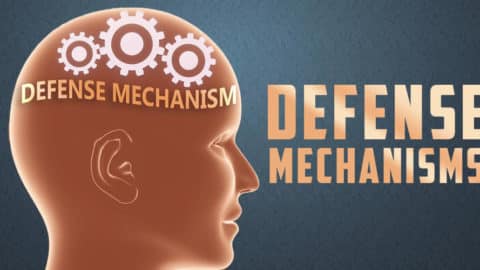
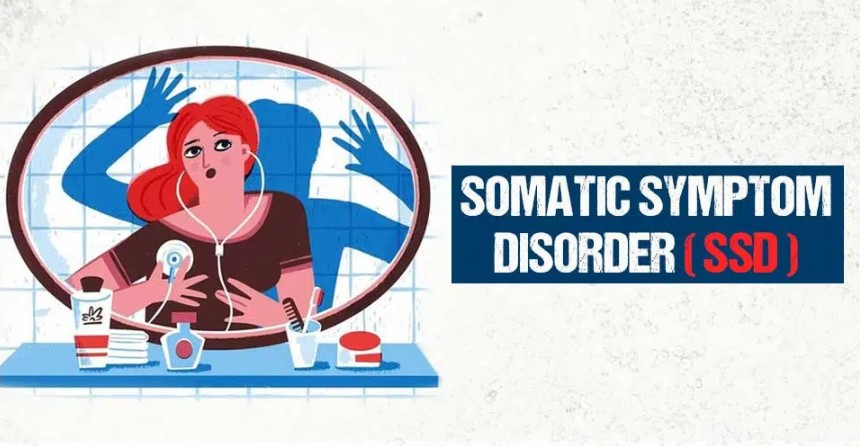

Leave a Reply